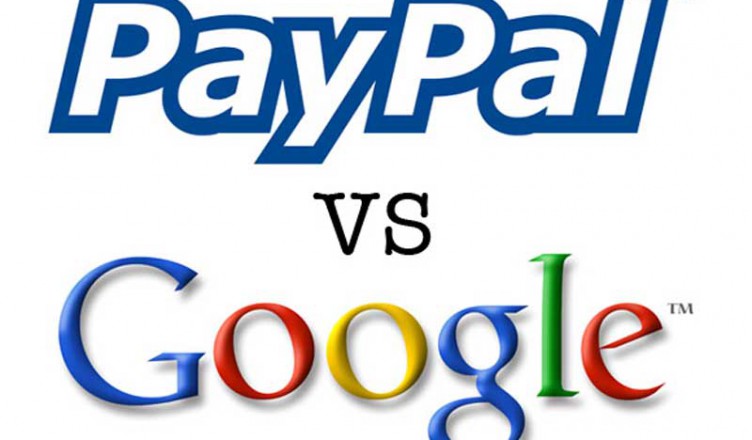When it comes to accepting payment online, you are probably looking for some sort of provider that offers ease of use and low prices. Both PayPal and Google Checkout fit that bill. Additionally, both are third party processors that shield customer information from retailers. Many online shoppers like the idea of using one payment system that allows them to avoid entering credit card numbers for every purchase made. However, there are some differences, and depending on your needs you might be better off with one than with another. Or, you could offer both, and let your customers decide.
Google Checkout is the brainchild of the online search engine giant Google. It allows you to basically buy items right from the search page. Businesses can use Google Checkout to process credit cards at a low cost to them, and as a way for customers to protect their information.
PayPal is owned by eBay. In spite of that fact, though, it is widely accepted as a third party payment provider. PayPal offers a full range of merchant services in addition to facilitating payment processing.
Basic overview of Google Checkout vs. PayPal
There are some areas that can be used to determine which payment processor is best for you. This is a comparison of how they stack up in Google Checkout vs. PayPal:
- How customers can make payments. With Google Checkout, customers can only use the credit or debit card. It is possible for customers to store this information in order to avoid entering it every time. PayPal, on the other hand, allows for credit card payment or deduction from a bank account. eCheck capability is also available. In this way, PayPal is more diverse.
- Rate merchant reliability. For many online shoppers, it is important to know that you are reputable. Both Google Checkout and PayPal rate merchants.
- International shopping. PayPal has a definite edge in this area. Google Checkout is only available for U.S. purchases. PayPal, on the otherhand, is accepted in 55 countries. In addition to the U.S. dollar, PayPal also accepts the euro, the pound, the Canadian dollar, the yen and the Australian dollar. Currency exchange is also available (for a fee).
- Security. Both Google Checkout and PayPal offer SSL security on the same level that banks do.
- Fraud protection. PayPal only offers fraud protection for sales of more than $50. Google offers 100% refund, but you must report within 60 days. There have been complaints about PayPal’s payment resolution process as well.
- Fees for accepting payments on your business Web site. Depending on the level of you account with PayPal, you pay 1.9 percent to 2.9 percent of your sales, and sometimes you pay 30 cents per transaction. Google Checkout is 2% of sales, plus 20 cents per transaction. However, with Google, you can use your AdWords account to reduce the cost of your transaction fees. This arrangement does not exist with PayPal.
- Customer service. It is worth noting that PayPal offers a customer service line with live people (you can call a phone number). It can be difficult to contact Google Checkout customer service in any way besides the forum provided or email.
One of the main advantages that Google Checkout has is its integration with AdWords. This means that you can get preferred pricing on a number of services – and even automatically pay transaction fees with earnings from your AdWord account. Additionally, when your ad is displayed on other Web pages and in search engine results, a shopping cart icon appears so that it is easy to see that you accept Google Checkout, offering a possible way to increase sales.
With PayPal business merchant account, a great many of the advantages come in the fact that more people use PayPal, and that there is a range of services and features available that include invoicing, statements, shipping and tax calculations and customer options.
You should carefully consider your needs before deciding on whether or not to go with Google Checkout or PayPal. How you run your business, and the kinds of features and services you want should be factors in which payment processor you use.





